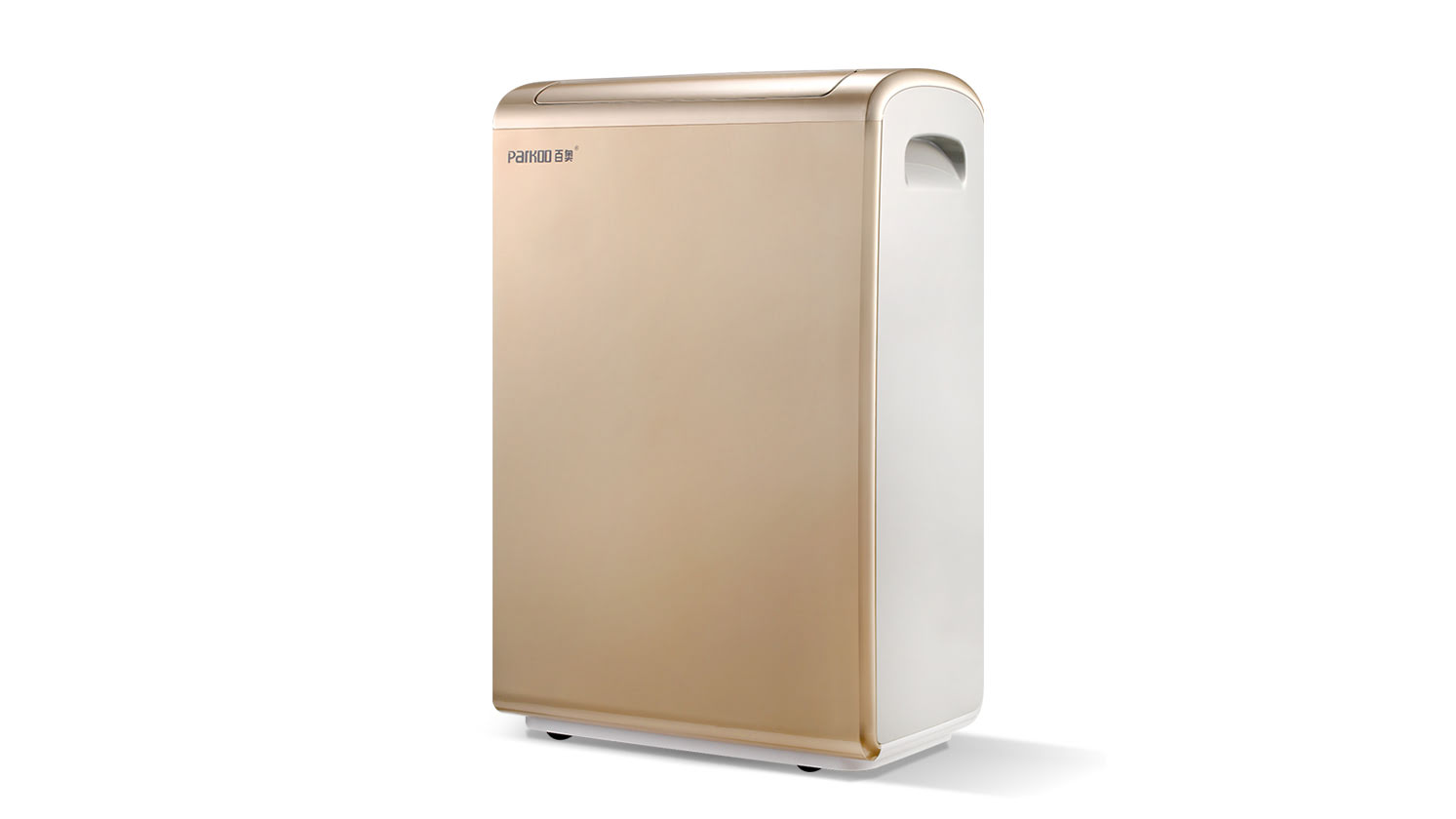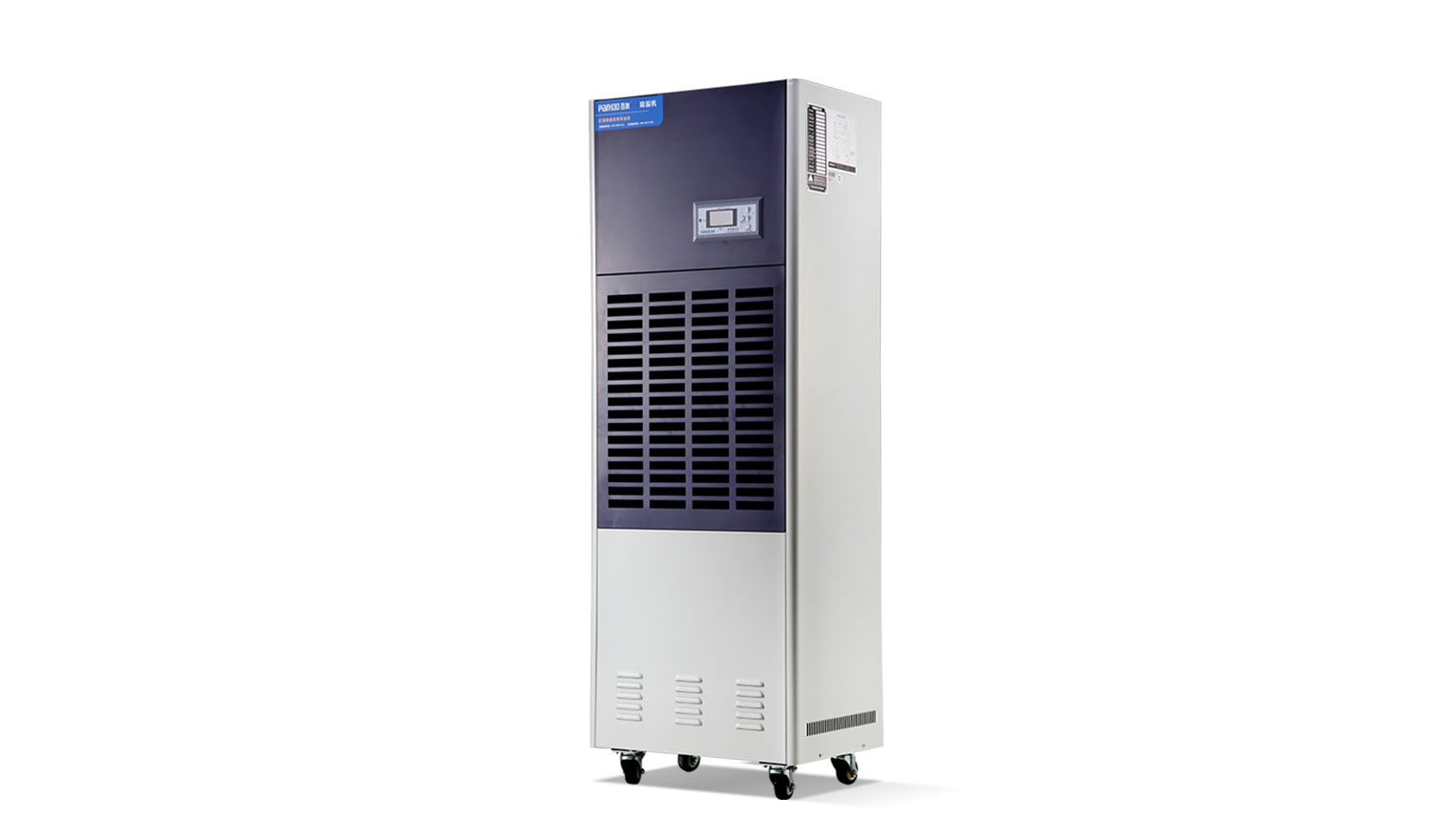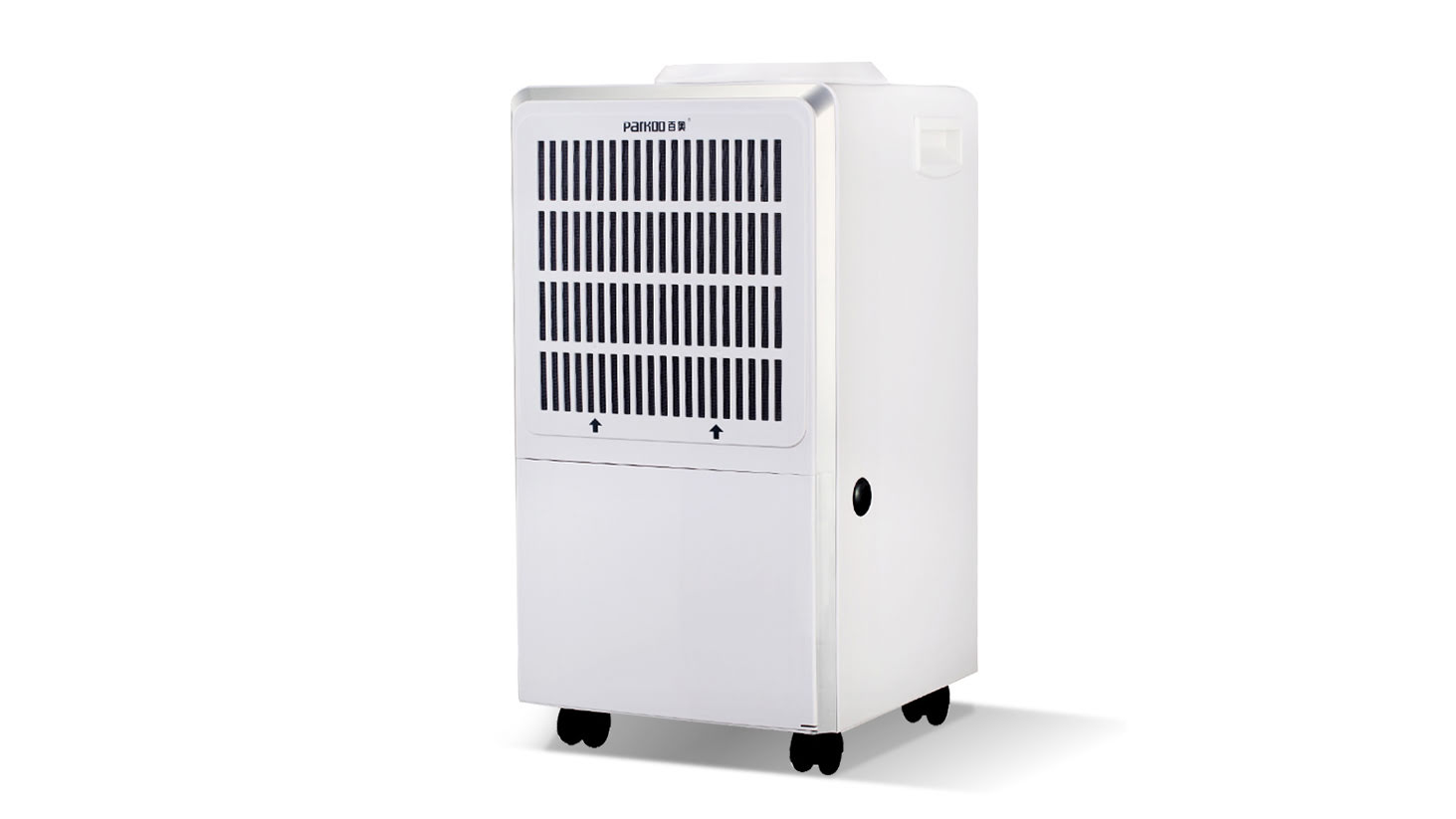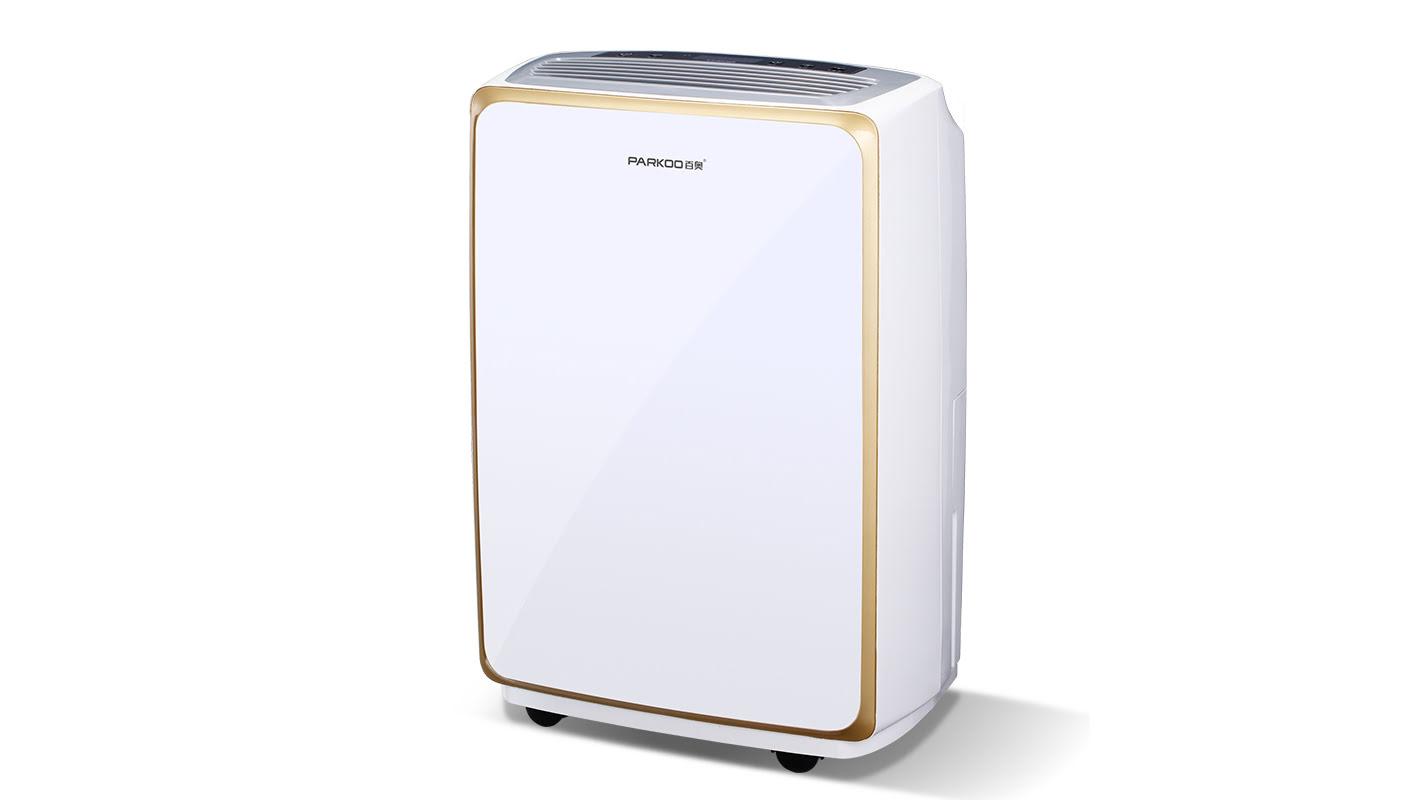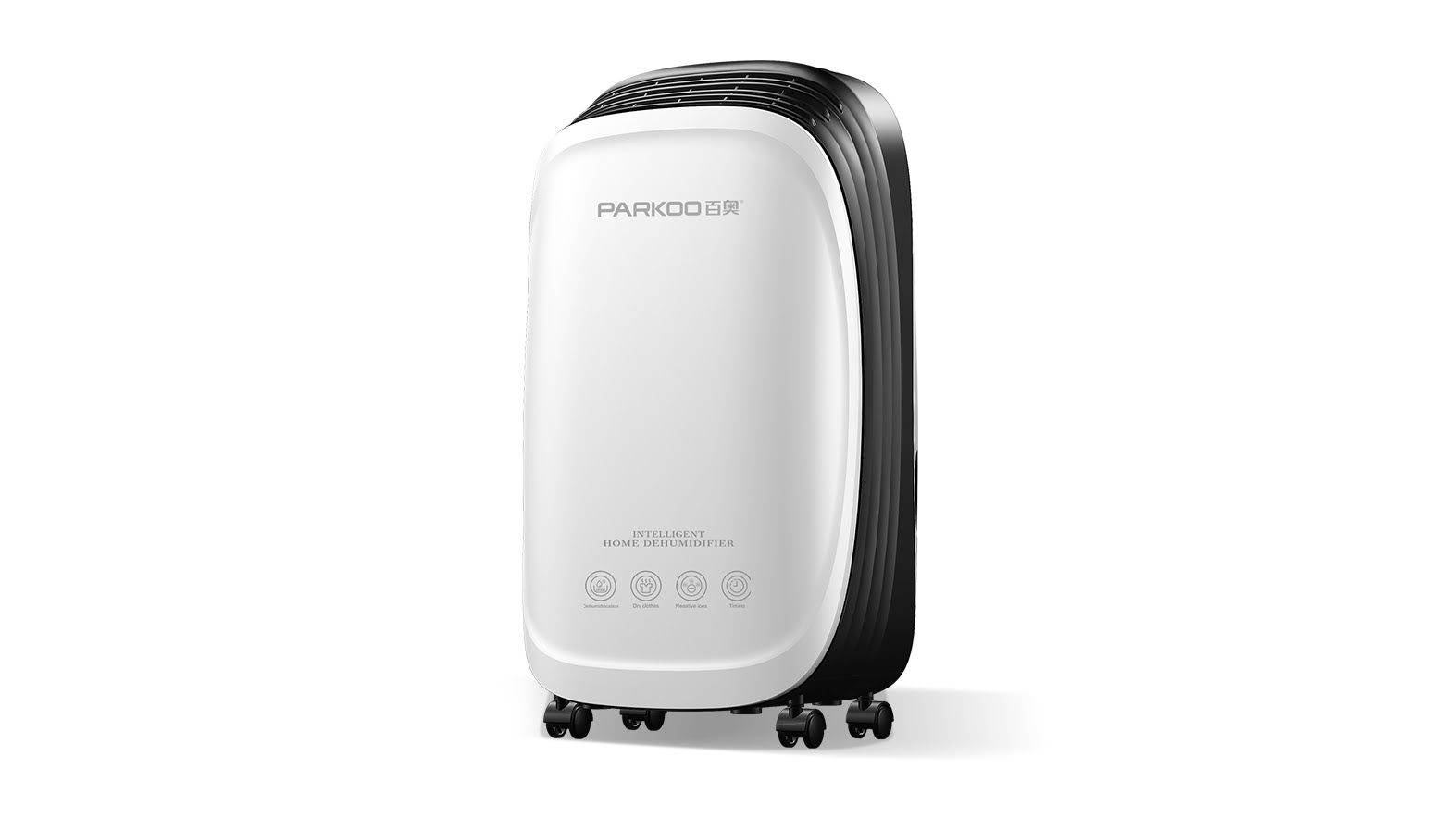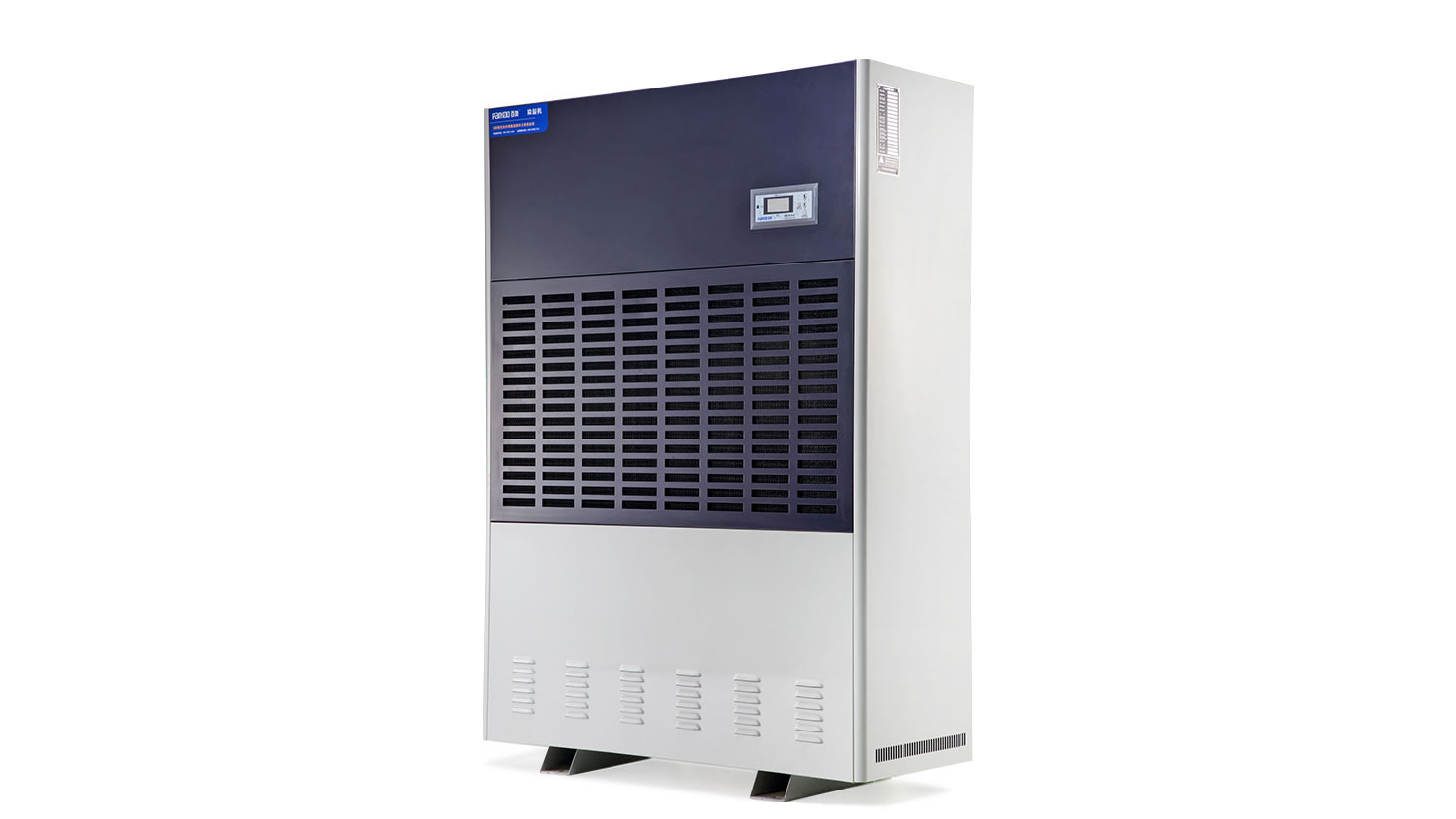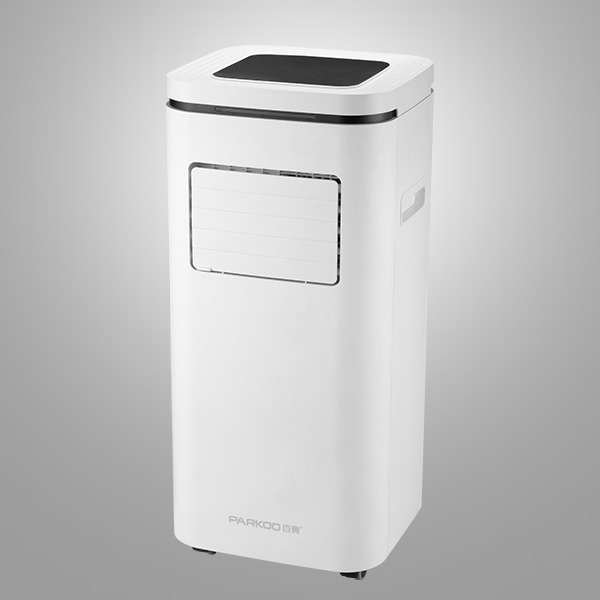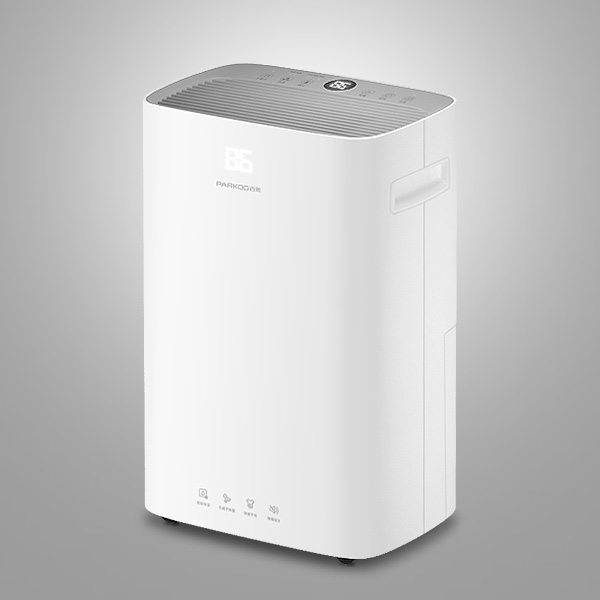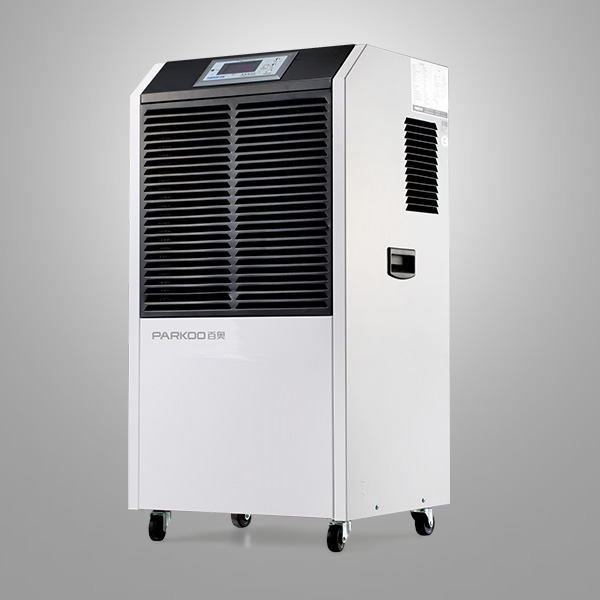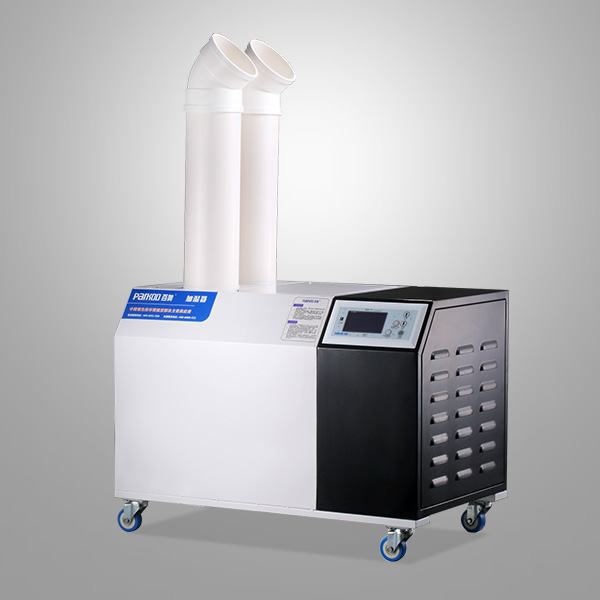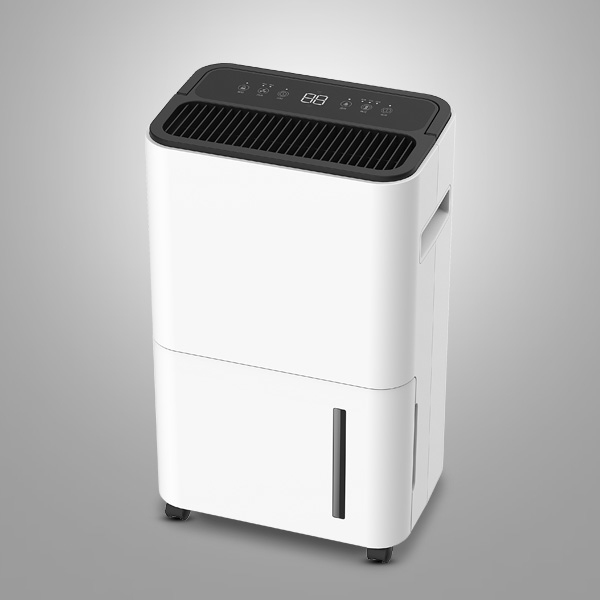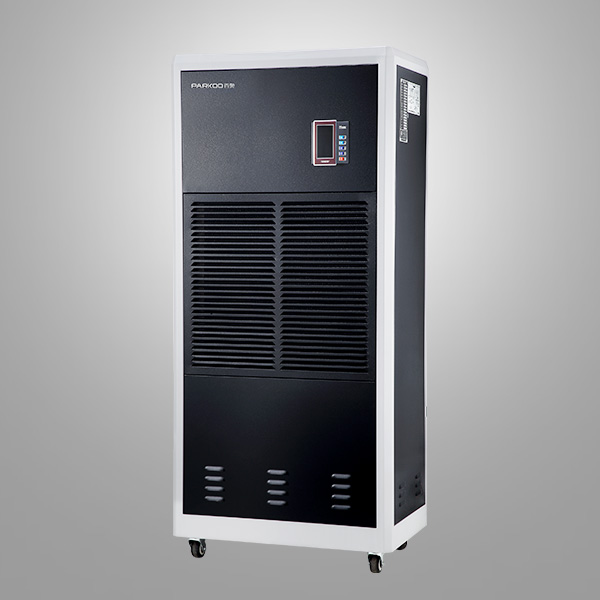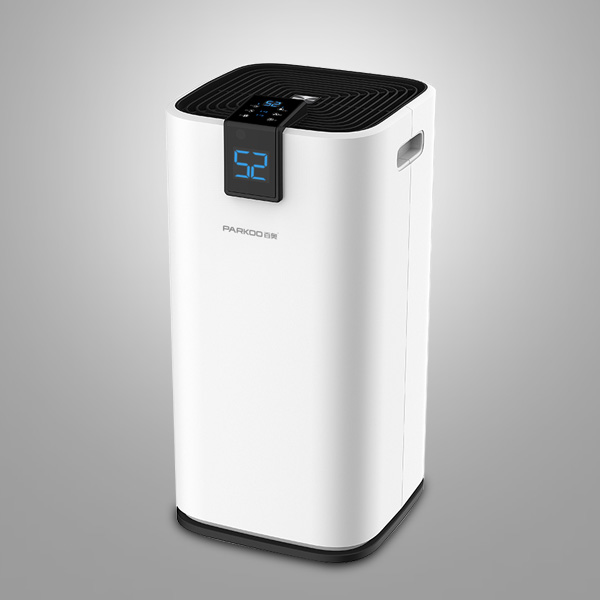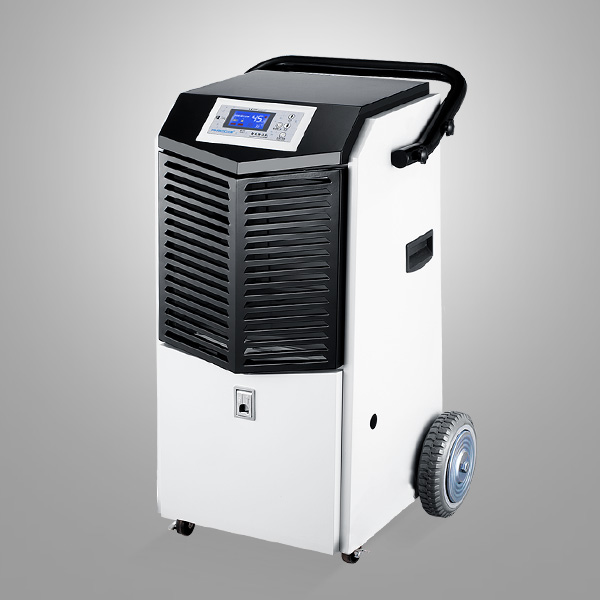The following factors are Caused by Moisture:
• High air humidity enhances the condensation of surface moisture
• Condensation may cause flash rusting, leading to coating failure
• Surface condensation, if applied fully, may cause blistering and delamination It is estimated that 60% to 80% of all premature coating failures are completely or paRTially caused by insufficient or inappropriate surface preparation
common surface treatment defects include flash rust, which occurs when the surface is affected by Environmental factors before applying the first coating and Prevents the coating from properly adhering to the substrate surface after sandblasting. The presence of high humidity conditions often leads to the formation of rust spots on Metal surfaces, leading to blistering and delamination
Unless the surface is clean and dry when using the coating, the service life of the coating cannot be guaranteed on large cooled metal surfaces (such as ship interiors or petroleum and chemical storage tanks). When the relative humidity (RH) is high or the surface temperature is low, sandblasting and coating operations on metal surfaces may encounter Several problems
High humidity in the Environment can condense in the form of dropLets on colder surfaces, causing metal surfaces to rust immediately after sandblasting. Therefore, the coating cannot adhere properly and the coating process may Need to be repeated. In addition, condensation can also cause blistering, frosting, and peeling problems during paint work
Due to the significant increase in condensation and corrosion rates in specific Environments when RH is above 45%, controlling humidity below 45% is an Important factor in preventing corrosion
It is recommended to use several environmental control measures to ensure high-Quality coatings:
• Keep the coating temperature on the steel surface at least 3 ° C higher than the air dew point Maintain a dew point difference of 10 ° C between the air inside the tank to be coated and the external air Keep the RH of the surrounding air below 40%
Dehumidification is the simplest and most cost-effective solution to ensure proper surface treatment and coating Application, as it can remove moisture from the coating system.
. Dehumidifying the air inside the storage tank while spraying and coating helps to achieve and maintain humidity levels, Thereby Preventing condensation and corrosion. The dehumidification system designed and applied during blasting and painting operations will ensure that the relative humidity of the air inside the fuel tank is maintained at the level specified by the coating manufacturer to achieve optimal performance of the coating and achieve timely completion. The benefits of this process include the following:• The air dew point should be maintained at least 3 ° C below the surface temperature to prevent condensation and flash rust, which are common causes of premature coating failure
• Prevent condensation between coatings, thereby reducing the possibility of peeling between coatings and Improving curing performance When blasting in enclosed areas, avoid the accumulation of dangerous and flammable vapors provide ventilation air for on-site personnel When following the paint manufacturer's specifications, high-quality coatings can be ensured
• Increase the service life of the coating by 1.5 to 2 times The adhesion of the inner coating has significantly Improved The coating can be applied at any time of the year
• Downtime can be accurately planned The project time and cost can be reduced by up to 35%
The dehumidification system provides several advantages for contractors:
• The entire surface can be sandblasted before coating application begins.
Repetitive surface Cleaning is not necessary• No downtime is required in severe Weather Adhesion issues are unlikely to occur Improving Productivity will reduce project time and costs
